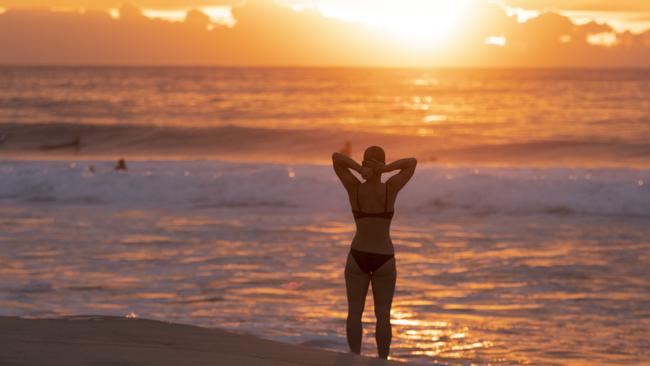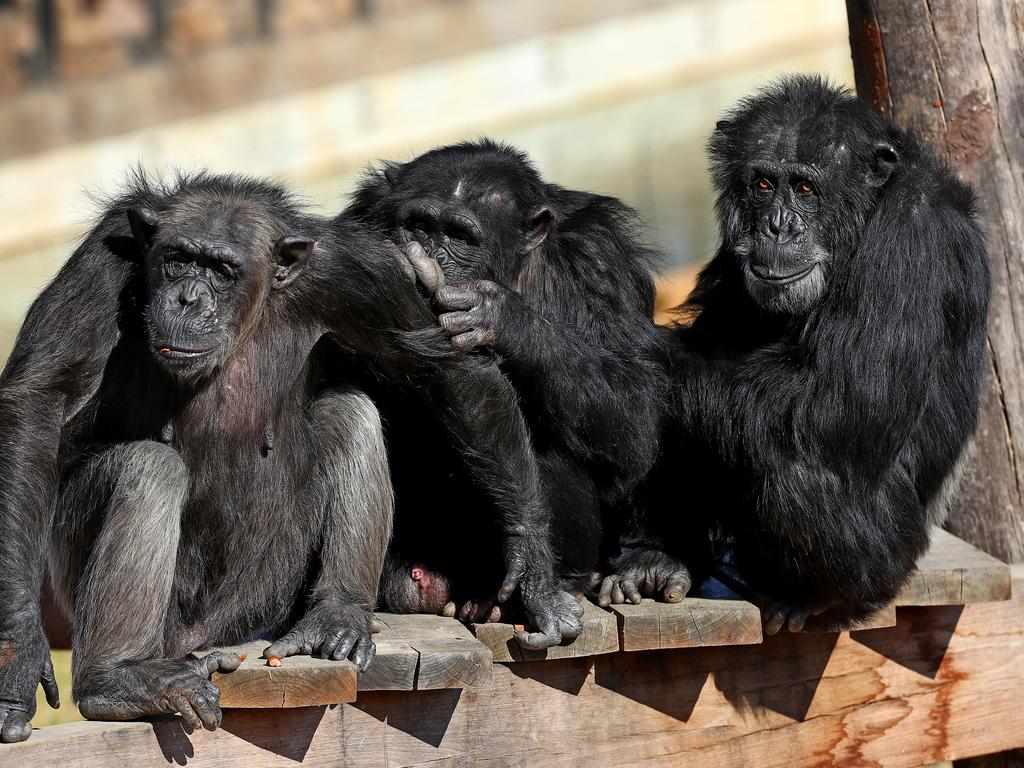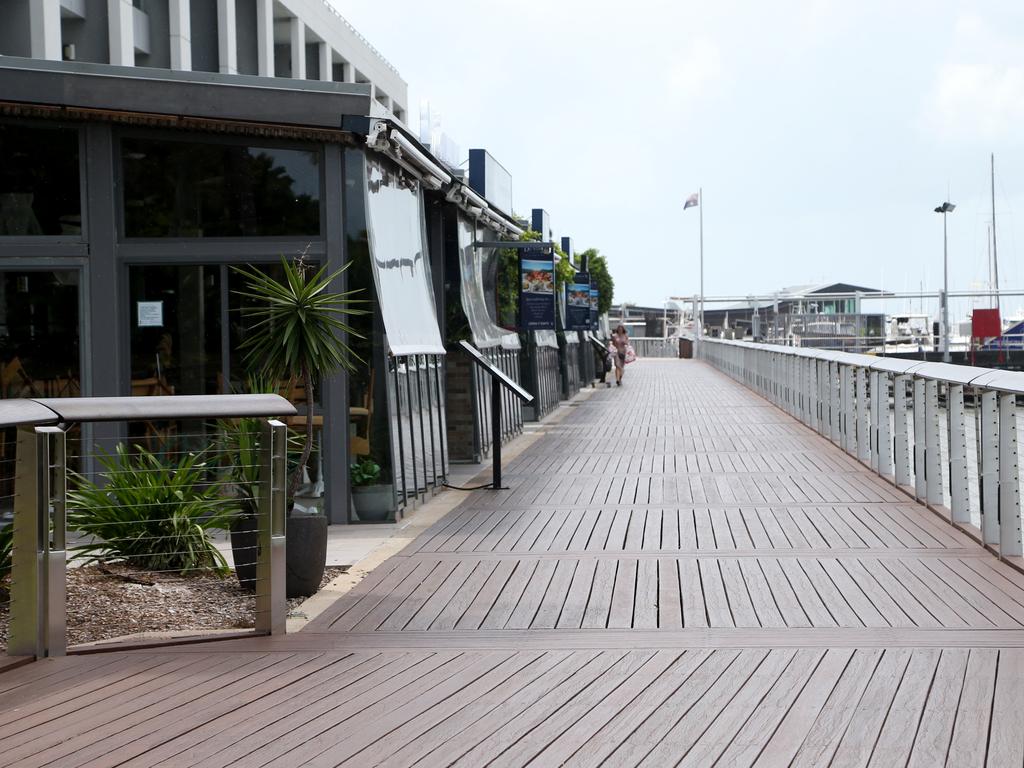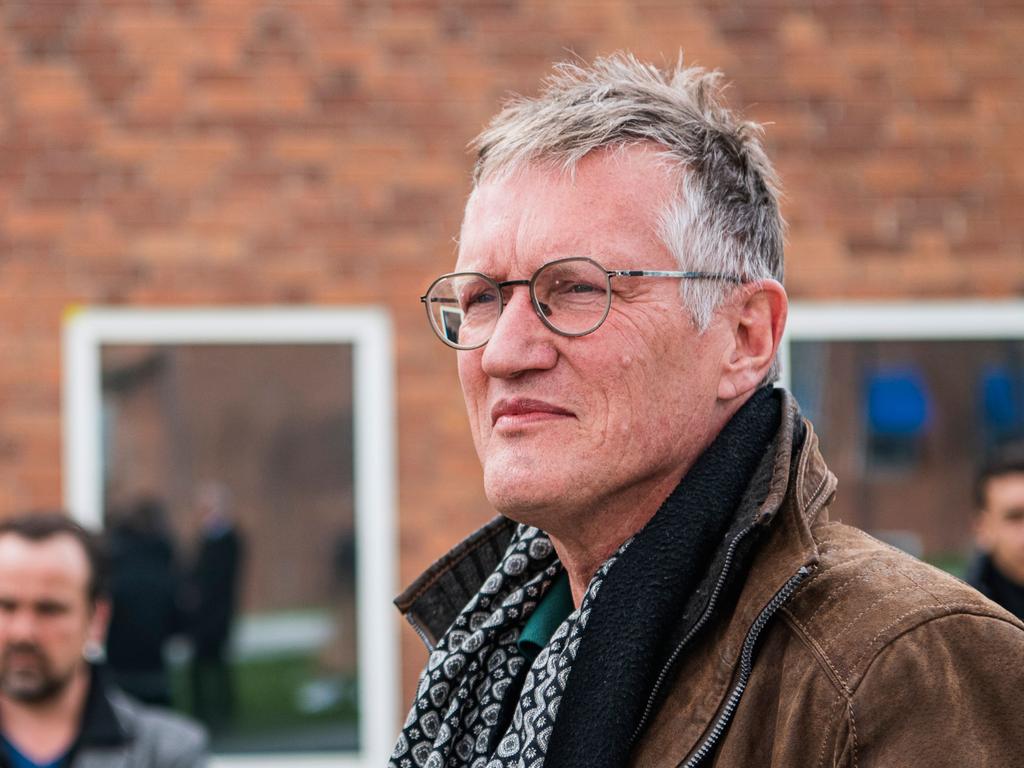Sunlight’s role in containing the coronavirus
People with low levels of Vitamin D are almost twice as likely to get the extreme lung infections that are now killing COVID-19 patients.

Rachel Neale did her PhD in skin cancer prevention and has done plenty of research into the dangers of sunlight. Yet every day around noon the professor strips down into shorts, or maybe pulls up her skirt, exposes a bit of belly if there’s no one around, and bares as much of her skin as she can to the hard Brisbane sun.
It’s only for five to 10 minutes. But having last year published the most comprehensive review and meta-analysis of the effect that vitamin D has on acute respiratory tract infections, she’s in a good position to judge what may be helpful if she ever gets exposed to COVID-19.
Even before the pandemic, acute respiratory tract infections have been a major killer. They were responsible for 2.8 million deaths worldwide in 2015.
In Neale’s review, which encompassed 78,000 participants, it was found that those with low levels of vitamin D — the “sunshine vitamin” — were almost twice as likely as those with high vitamin D levels to get the type of extreme lung infections that now are killing COVID-19 sufferers, and they were even more likely again to be sicker for longer.
And so how does this translate to the pandemic? “Now, more than ever, is not the time to be vitamin D deficient,” Neale says from Brisbane’s QIMR Berghofer Medical Research Institute. “It would make sense that being vitamin D deficient would increase the risk of having symptomatic COVID-19 and potentially having worse symptoms. And that’s because vitamin D seems to have important effects on the immune system.” She stressed that any link between COVID-19 and vitamin D was hypothesis.
Trump sees the light
Neale was speaking before US President Donald Trump weighed in with his comments last week about disinfectant and ultraviolet light being used to combat the virus. And, as bizarre as it may seem, there is reason to think the President is on to something, at least as far as the sunlight goes.
It’s a message that people seem innately to understand. The carpark at my local beach has been more full in recent weeks than it usually is in the middle of summer school holidays. People are out there soaking it all up, feeling sorry for all those city folk denied access to their shimmering sands, not even allowed to sunbake in parks.
For all vitamin D’s advantages, Neale doesn’t take vitamin D pills. She is cognisant of the emerging evidence that the sun provides more benefits than just the sunshine vitamin.
Those other benefits are varied.
Dermatologist Richard Weller from the University of Edinburgh discovered more than a decade ago that the body got a shot of a molecule called nitric oxide when exposed to sunlight. He has been curious about the notion that nitric oxide and sunlight may have some effect on COVID-19.
Nitric oxide has been shown to cause blood vessels to widen, increasing oxygen flow and lowering blood pressure. The discovery of its role in the human body paved the way for Viagra.
“There are mechanistic reasons to think about benefit,” says Weller. “Ultraviolet light (which produces nitric oxide in the skin) lowers blood pressure and also markers of diabetes. Both of these are risk factors for death from COVID-19.” He points out that most viral infections wax and wane with the seasons, probably because of ultraviolet light, not heat.
The story of nitric oxide goes back to the 1990s when it was a hot molecule that won three scientists the Nobel prize. At that time, Goran Hedenstierna had a PhD student at Sweden’s Uppsala University who was among the first in the world to show that if you gave humans nitric oxide when they were suffering from severe constriction of the lungs, the lungs relaxed and oxygen levels normalised. During the severe acute respiratory syndrome outbreak of 2003-04, Hedenstierna had another student, Luni Chen, who wanted to go back to her home country, China, to see if nitric oxide worked to help patients dying of acute respiratory failure from that coronavirus.
“She went there in May 2003 when it was a most severe situation,” recalls Hedenstierna, Skyping from Sweden. “I organised things to be shipped — ventilators and bottles of nitric oxide gas. It took a lot of organising with the local authorities because it was a major intrusion on their crisis.”
Chen managed to get the nitric oxide treatment to six patients and she had eight in a control group receiving placebo. Five of the six who received nitric oxide were on ventilators when the study began. Only one was still on it by the end. Chest X-rays showed their lung congestion improved. One died.
Whereas in the control, six were on ventilators at the beginning and five were still being ventilated at the end. The X-rays showed only two improved, three stayed the same and three worsened. Two died.
The study was only small but Hedenstierna was surprised at the strength of the results. “We most often do see an improvement of oxygenation of 20 per cent or more in people with acute respiratory failure, but these SARS patients, they increased their PAO (the ratio of oxygen in the blood to oxygen that is breathed) almost threefold. I have never seen this big an increase. We never discussed that to any extent at that time.”
To understand why nitric oxide appeared so devastatingly effective against SARS, Hedenstierna was involved in a further study in a high-security lab in Brussels where it was shown that nitric oxide killed the SARS virus in a test tube.
“It had an antiviral effect which was what we had hoped to see in view of the improved chest X-rays. So it’s helping the patient breathe and it’s killing the virus,” he says.
The way forward
Such results are now being picked up. Nitric oxide, this molecule we produce naturally with sunshine, has been used by doctors in Italy with success to help COVID-19 patients, but not in a study format. A trial of 240 COVID-19 patients is up and running in Sweden, the US and Austria.
Weller says the doses of nitric oxide the patients will receive are much greater than what you could get from sunlight. But the other half of the equation is whether people catch the disease in the first place. He is running a study to see what effects UV radiation has on the flu because there’s still not enough data on COVID-19. “I hope that our epidemiological studies will show whether it (sunshine) makes any difference at population level.”
One of Weller’s collaborators, Prue Hart from Perth’s Telethon Kids Institute, has spent a career pursuing matters of immunity and ultraviolet light and vitamin D. She isn’t so sure that UV light will have a direct effect on the novel coronavirus.
“I think the greater benefits of UV radiation during this pandemic are about our brain health,” she says. “We all know how good we feel after time in the sun, and these good feelings cannot be replaced by vitamin D from a bottle. Now that it is autumn, and the sun is not so intense and burning, I think everyone should be encouraged to get exposed to more sun, as long as they never get sunburnt. In addition, whilst outside getting a little bit more sunshine, they will be exercising.”
She says while the link between sunshine, endorphins, serotonin and mood have been known for years, in 2018 Chinese researchers proved another important piece of the mental puzzle involving a molecule called urocanic acid that resides in the outermost layer of the skin. The researchers proved that after giving shaved mice the equivalent of 30 minutes of sunshine, urocanic acid was released from the skin into the blood, then crossed the blood brain barrier and went into almost all parts of the brain. In the brain, it is involved in making glutamate — the brain’s most abundant “excitatory neurotransmitter” — which has long been known to play an important role in learning and memory.
“This is another reason time outside in the sun is important for children who are now doing online learning at home,” Hart says. Food for thought as police shoo sunbathers out of parks and arrest people lying on beaches.
And it certainly will encourage Neale to continue with her five-to-10 minute routine of midday Brisbane sun. She stressed the importance of maintaining long established sun-safe routines, especially when the UV index is above 3 and when outside for extended periods, but “I personally think the best way of getting vitamin D is sun exposure because we get the other benefits that might be there, but I accept there is a role for pills for people who can’t get out,” she says, adding that she always takes care not to burn.
Neale says Sydneysiders should aim for 10 to 15 minutes of midday sun at this time of year; Melburnians, a little longer.





To join the conversation, please log in. Don't have an account? Register
Join the conversation, you are commenting as Logout